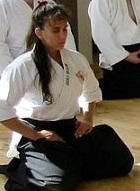Q. When are classes? R. Monday / Thursday usually 7:30- 9:00 PM and now on Saturdays 10:00 - 11:30 AM. Times may vary (notice is always provided and published) depending on what time the Campus Recreation center closes. Extra training opportunities are offered on a regular basis. This may include weekends, clinics and seminars. None are required. They are simply extra opportunities.
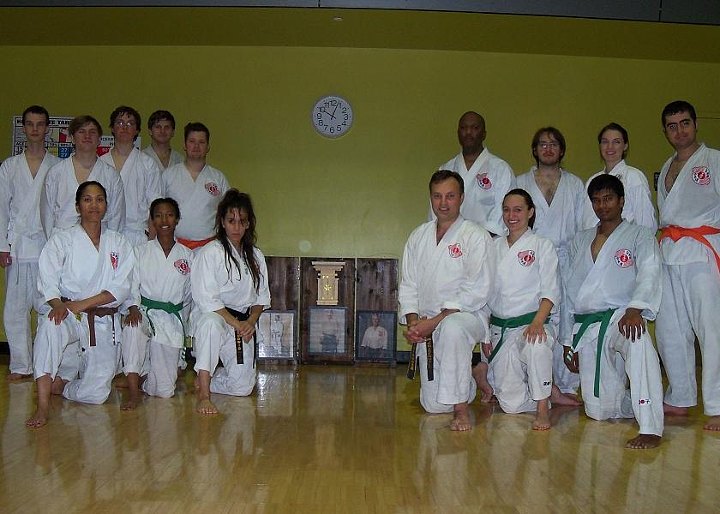 Q. Where are classes held?
R. Regular weekly classes are held in Room A of the University of Cincinnati Recreation Center. Other training opportunities are conducted in various locations and will be announced.
Q. Where are classes held?
R. Regular weekly classes are held in Room A of the University of Cincinnati Recreation Center. Other training opportunities are conducted in various locations and will be announced.
Q. Do I need to have any sort of previous experience? R. No. Just come ready and willing to learn.
Q. How much is tuition? R. Because this dojo is located in the heart of University of Cincinnati campus, Tuition is set very low by design, keeping the student budget in mind. Gainfully employed outside of the dojo, the chief instructor of Yoshisu dojo is able to teach purely for the love of the art. 1 class per week for an entire UC semester (approx 4 months) is only $65 for rec members $85 for non members. 2 classes per week for an entire UC semester (approx 4 months) is only $120 for rec members $150 for non members. 2 classes per week for an entire UC semester (approx 4 months) is only $170 for rec members $210 for non members. Basically, for the cost of one night out of pizza and beer, or a few coffee shop visits, students can enjoy 4 months of personalized training in a highly respected style of Karate. Prospective students are invited to research others school in terms of cost but also, more importantly, quality of instruction and atmosphere. Ultimately, you should train where you feel is best for you.
Q. What if I have experience in another martial art? Can I wear the rank I earned? Will I have to unlearn anything? R Students of other arts are welcome, though you will be asked why and under what circumstances you left your previous school. Everyone enters the dojo as a white belt. Since everyone advances in accordance with their own abilities, previous experience my result in more rapid progress in the beginning. It just depends on what you know and how well you know it. That is also the response to the last question. It is possible that you will be asked to 'empty your cup' and learn anew. It is also possible that you may simply build upon what you already know.
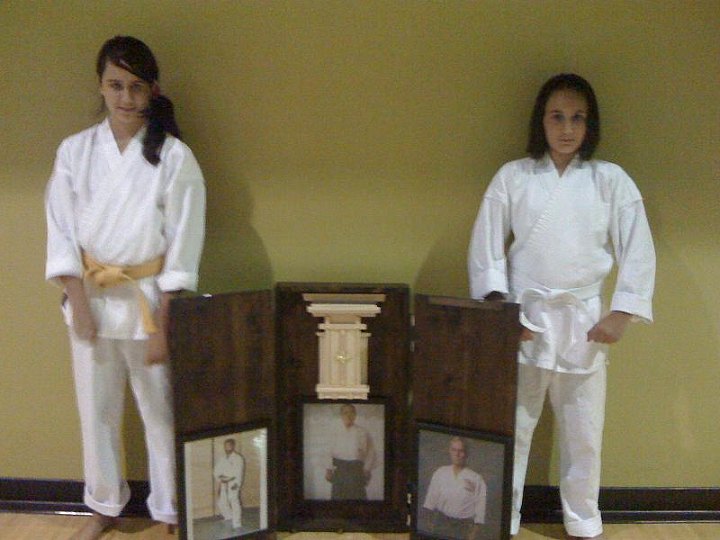
Q. What style of karate is taught at this school? R. The name of our style is Chito Ryu. It was founded by an Okinawan medical physician, Tsuyoshi Chitose. Chitose Sensei founded and promoted his style of karate in mainland Japan. He had a deep respect for the Chinese origins of karate and the name of his style reflects that. Chi means one thousand, To refers the Tang dynasty of China and Ryu means style.
Q. Do I have to be in shape to start? R. Not necessarily. You should have medical clearance to engage in this sort of physical exertion. As with any new form of exercise, it is always a good idea to consult with a physician. You should not be concerned about a general lack of physical conditioning. You will get there.
Q. What if I have injuries or other medical concerns? R. Any injuries or medical concerns must be reported to the instructor prior to commencement of training. Certainly, some accommodations can be made. It is largely up to the student to be able to discern what they should and should not do if there are physical limitations. Don't count yourself out. Many students have physical ailments that they learn to work around.
Q. Will I just be in a mass of students? Will I feel lost? R. You will undoubtedly feel out of your element, but you will not be allowed to feel 'lost.' You will be welcomed and will quickly realize that everyone is there to help you. You will begin classes with the rest of the dojo; however, every student is instructed from the very beginning. You will receive detailed and individualized instruction on how to stand, sit, breath, dress, make a fist etc. Sometimes you may be asked to follow along, but an individual and detailed instructional will be provided on the same material.
Q. Do I need to understand Japanese? R. No. All instruction is given in English along with some commands in Japanese. Students receive a glossary of terms and will naturally begin to learn terminology over time and through repetition.
Q. Do I need a uniform? R. No. Just wear flexible clothing. Preferably long pants. You will be required to remove all jewelry, socks and shoes. (wedding bands are ok, but not engagement rings with stones)
Q. How do I get a uniform if I want one? R. The school maintains a couple of wholesale accounts and will order a uniform for you, upon request. The wholesale cost of most beginners' uniforms, depending on size, ranges from approximately $18-$28.
Q. Will I be able to advance in rank? R. Yes. Tests for rank advancement are offered to students on an individual and subjective basis. No student is tested unless they are ready. No one buys their belt. All belts are earned. It is possible to fail a test. The nominal test fee applies until the student passes - there is no additional charge. Standards are high at Yoshisu; however, students who attend class regularly and practice diligently will be able to meet and exceed those standards.
Q. How much are test fees? R. Yellow and Orange belts $15, Green III, II & I $25, Brown III, II, I $35. Again, though the student may not pass the first time they test, the test fee in only paid once for a particular belt grade.
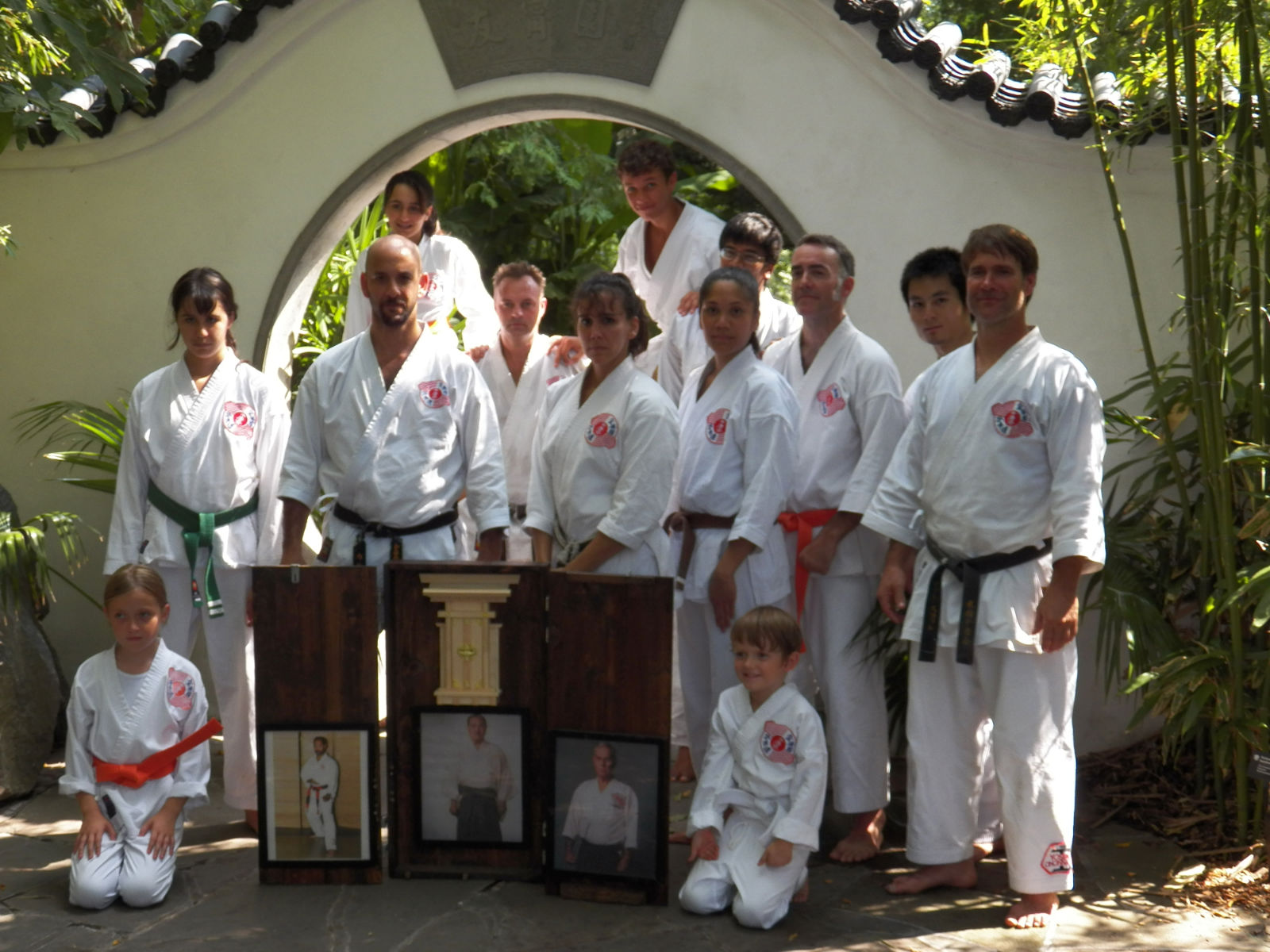
Q. What is involved in a test? R. For each rank the requirements and level of proficiency changes. All expectations are made very clear to students. There are no surprises. Typically, there is Kata, kihon (basics), kumite (sparring of varying degrees), kaisetsu (applications) as well as tamishi ware (or breaking) and some history. Again, students are not tested until the instructor is confident that they are ready for the next rank. The test process requires grace under pressure and it hones the students' ability to perform under stressful conditions.
Q. What can I expect in a typical class? R. Every class is a bit different. We begin every class with a period of kneeling meditation. This is an opportunity to transition from the outside world. Anyone who, for medical reasons, cannot kneel may stand during meditation. All classes begin with warm up, stretch and calisthenics. There is a heavy emphasis on core strength. There is a period of group kihon, or basics, and then the class is broken down by rank for targeted and rank appropriate instruction. Students may be asked to perform kata, or forms, for the rest of the class either individually or in small groups. There may also be some form of kumite or sparring. Often there is a reading to encourage thought and/or historical or contextual knowledge. All classes end with a short period of meditation.
Q. Will I have to spar? R. Eventually, all students spar. There is not a heavy emphasis on sport kumite; however, we utilize it as a means to build courage and to develop a 'fighting spirit' and a readiness to engage in combat should the need arise. For some, this is very exciting. For others, this is very anxiety provoking. By the time a student actually 'free' spars, they are ready to do so, even if they still feel anxious. Everyone receives instruction and moves up a continuum of sparring formats. Safety and control are extremely important and are part of the instruction. Nevertheless, there is some risk inherent in any martial art. Students are permitted to wear any safety equipment they wish to use and may also utilize dojo wholesale accounts to acquire said equipment.
Q. What if I can't keep up with the rest of the class? R. Everyone performs and learns at their own pace. Students are not compared with other students. Rather, students progress in accordance with their own potential. The only competition is with oneself.
Q. Is the instructor available for questions before, during and after class? R. Yes. During class, students are asked to reserve questions for appropriate times. More often than not, questions are answered by doing. We learn by doing, not by talking. Still, there are several times during class when students are asked if they have any questions. The primary concern is that students are able to practice correctly when they are at home. Furthermore, all students are able to email the instructor and will receive a prompt response.
Q. How long will it take me to earn my black belt? R. A lot longer if you are overly concerned with that goal. You can buy a black belt. (those can be purchased a wholesale cost as well) If you want your black belt to mean something, come and train with your whole heart. Then trust your teacher around issues of rank advancement.
Q. How should I refer to the teacher? R. Students should refer to their teacher as sensei. This basically means 'teacher' but it is more closely translated as 'one who comes before.' Part of the benefit of karate do is the immersion into another culture - one which subverts the ego. The spirit of cooperation, mutual welfare and benefit, of humility and loyalty - all of these create a means to improve ones' character. A large part of the culture emphasizes respect towards others and deference towards those with more experience. To call one's teacher sensei is part of creating this respectful milieu. Later on, if one perseveres in their training, the name may hold deeper meaning.
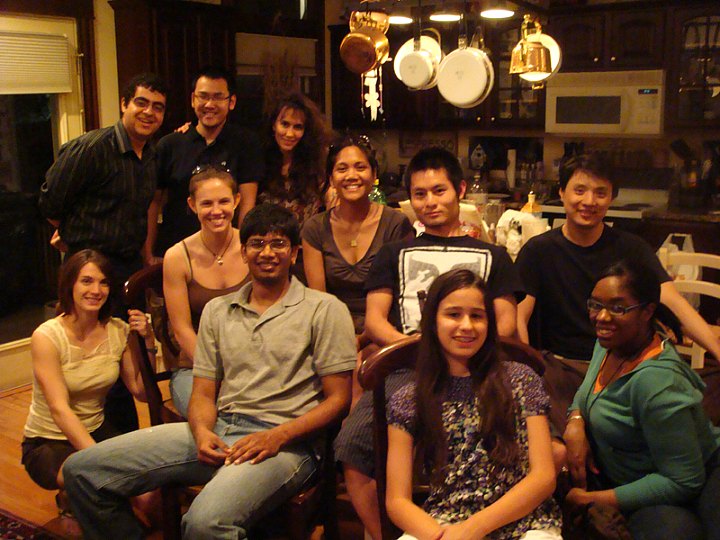
Q. What is the primary objective of this type of training? R. The mantra you will hear in traditional karate circles comes from Gichin Funakoshi. (often referred to as the Father/founder of modern day karate): The ultimate aim of karate lies not in victory or defeat but in the perfection of the character of its participants. More simply, we strive to improve ourselves physically and mentally. We should be the best citizens of the world. Karate is not just in the dojo. What you learn 'in', you must learn to carry 'out.' Physical exertion and forging ones' body is a means to an end. We sweat and work hard together in an environment geared toward making us more confident, humble, poised, capable, polite, aware individuals.
Q. Will training at this karate school help me to lose weight or otherwise improve my conditioning? R. Generally, yes. Students are encouraged to supplement their class training. Obviously, students must practice. In addition, sustained cardiovascular exercise outside of the dojo along with stretching is highly encouraged. Over time, diligent students experience vast improvements in their physical and mental health.
Q. What if I am uninterested in discipline and tradition? R. This dojo will not meet your expectations in that instance.
Q. What if I am impatient and just want to move through the ranks? R. This dojo will not meet your expectations in that instance.
Q. What if I don't like physical exertion and simply want to learn some self defense moves? R. This dojo will not meet your expectations in that instance.
Q. What if I know nothing about karate, but I'm interested in learning about it and I don't mind working hard? R. That's perfect. You already have everything you need to get started.
Q. What if I am shy and reserved/quiet? R. No problem at all. So long as you are polite and willing to learn, all personality types are welcome and appropriate.
Q. Is karate violent? R. Karate can be utilized as a deadly art but it is intended to promote peace, not violence. It is incumbent upon the practitioner to exercise discretion. The founder of Chito Ryu said: "We who study the way of the empty hand should never forget the way of the samurai. Through peace, perseverance and austere discipline, we will reach our goal without fail." Those who are confident and secure in their abilities have no need to prove themselves. Because of the potential of karate, any incidence of violence must be promptly reported to the instructor. It becomes our job as the best citizens of the world to avoid violence however and whenever possible. The more we understand the potential of violence, the more we can strive to avoid it.
